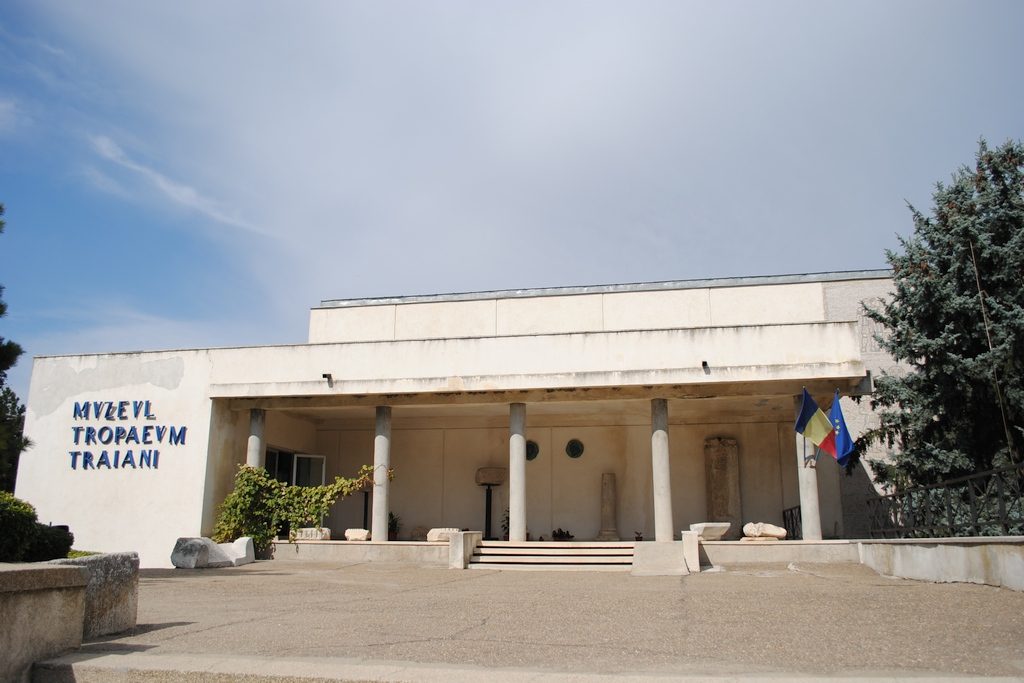

The Museum of Archeology Adamclisi is a “site museum”, which, together with the “Triumph monument Tropaeum Traiani” and “the citadel Tropaeum Traiani” (which date back to the IInd century) form the Museum complex Tropaeum Traiani. This is subordinated to the Museum of National History and Archeology Constanța.
The museum of national history and archeology Constanța has a history of over one hundred years, period which can be divided in three great stages: the period between 1878 – 1975 – the most troubled; then, 1957 – 1977 and, in the end, from 1977 until present.
From 1877 the expansion works of the city of Constanța led to the discovery of some important ceramic, statuary, epigraphic, numismatic vestiges etc., all of them certifying the place of the ancient Tomis in the ancient history of the country.
The museum’s building, initiated in 1977, is conceived as a lapidarium and comprises numerous archeological vestiges discovered in the citadel and in the surrounding areas.
On one part of the museum there are exposed the metopes, the interior and superior borders, columns, pinnacles and the blocks of battlement of the scalloped attic style.
In the middle of the museum it is found exposed the original statue from the top of the Tropaeum Traiani monument, as well as most of the metopes which were found in the median area of the monument, describing the scenes from the fights of the Dacians with the Romans.
In the museum from the interior of the construction there are exposed pieces of the initial piece discovered, among others, during the archeological excavations led in the year 1882 by Grigore Tocilescu. Grigore Tocilescu (born on the 26th of Oktober 1909, Bucharest) was a Romanan historian, archeologist, epigraphist and folklorist, assigned member of the Romanian Academy (1890).
Tocilescu is one of the first historians who attended for the study of the civilizations from the territory of the former Dacia. He left three impressive works: Dacia before the Romans, The Monument from Adamclisi in collaboration with O. Benndorf and G. Nieman and Fouilles et recherches archéologique en Roumanie.
In the reconstructed version, the monument is provided with a cylindrical piedestal, on the base being a series of circular steps.
In the superior part, there is a two sided trophy, which represents armor with four shields, and at the base of this trophy there are found two statuary groups, which describe, each of them, the images of some prisoners.
The other exhibits are constituted by the ceramic collections (vessels belonging to the Hamangia culture, Getic ceramics, Greek, Roman and Byzantine amphorae), rush lights, tools, embellishments, fragments from aqueducts, sculpture, epigraphic documents.
